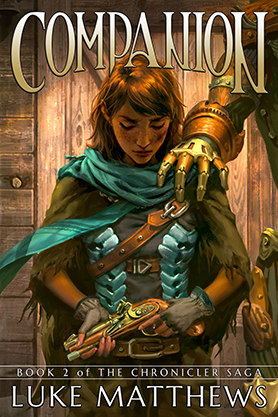
Story by Mark Millar
Art by Leinil Yu
Issue #5 picks up with Superior on his way into Afghanistan, ready to take care of the business that the U.N. cannot seem to complete. The remainder of the issue is a series of vignettes showing Superior well on his way to solving all of the world’s problems, all the while taking the time to live out every single Make-A-Wish Foundation fantasy he can imagine.
In preceding issues, Millar played up the relationship between Simon and Chris and the superhero story suffered, feeling a little too derivative of Superman. In issue #5 he turns the tables, and I’m not sure it’s for the better. Simon’s relationship with Chris is almost completely sidelined in favor of the superhero tale, which Millar cranks up to 11 with Superior jet-setting across the world performing impossible humanitarian feats directly in contrast to his previously small-time offerings. Even Maddie Knox’s role in the issue is suspect, stripping her of what little depth she had built until this point. The build-up feels like a shallow lead-in to the book’s punch-line, serving up one (although likely not all) of Ormon’s machinations in an ultimately underwhelming conclusion.
Leinil Yu’s art is excellent, with only a few dips in his standard level of quality. I am consistently impressed with Yu’s depiction of Superior as a cross between Superman and Shazam, and one early panel gives us a subtly elegant portrayal of the excited young boy inside the marble-jawed superhero exterior. The artwork is unfortunately marred by Sunny Gho’s heavy-handed coloring, which at times distracted me from the story.
Although Superior has never been the deepest comic on the shelves, this latest offering feels even more shallow – a haphazard means to an end rather than an intriguing character tale. I’m still interested to see where it leads, but this single issue fell flat for me.












